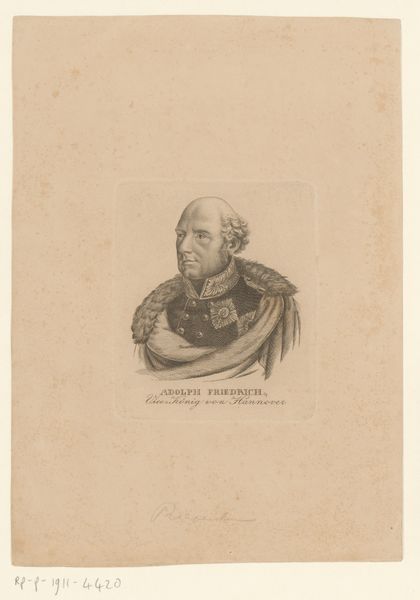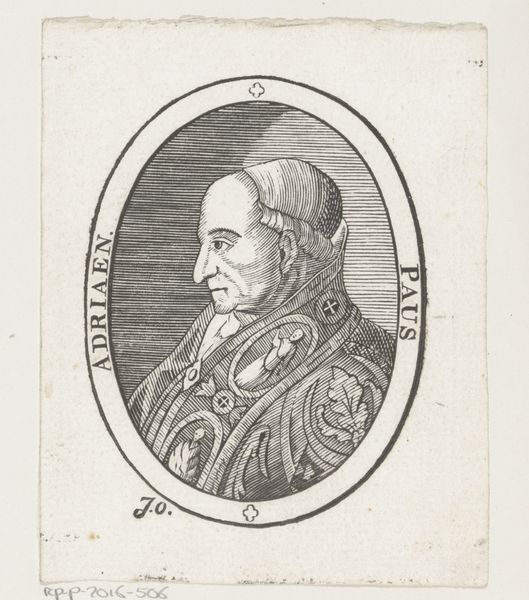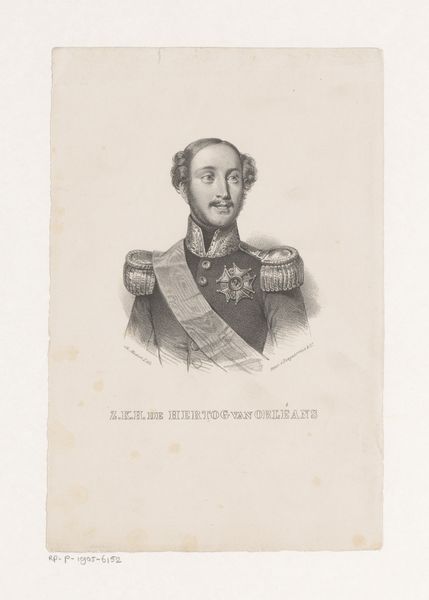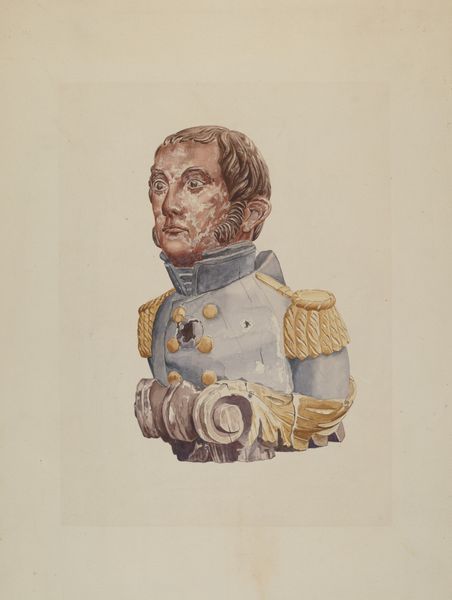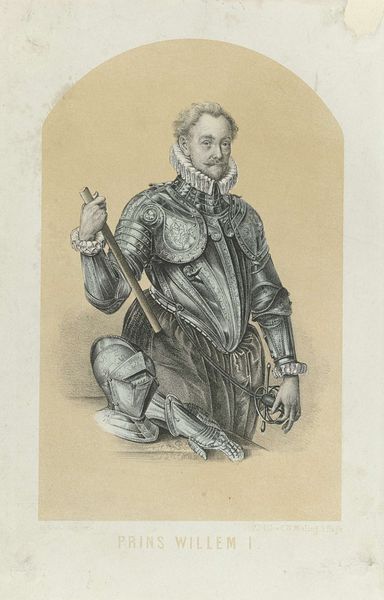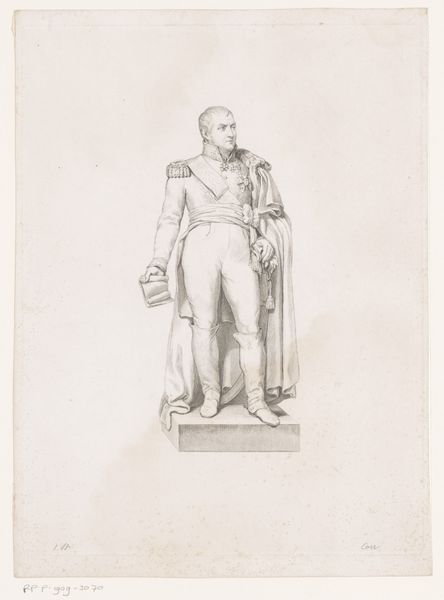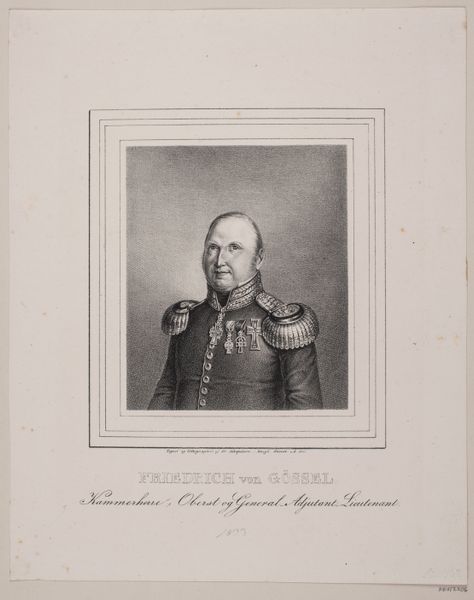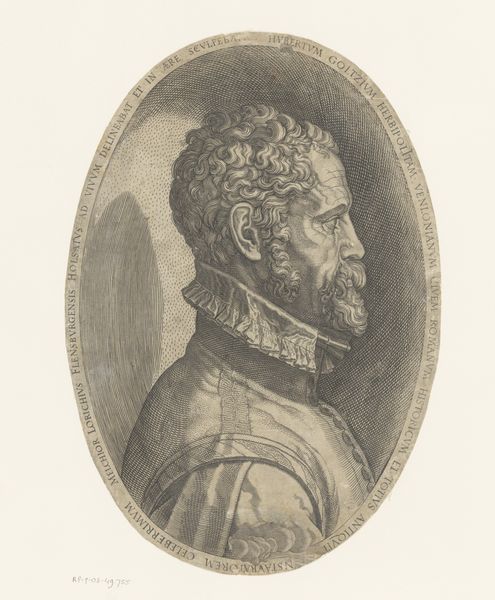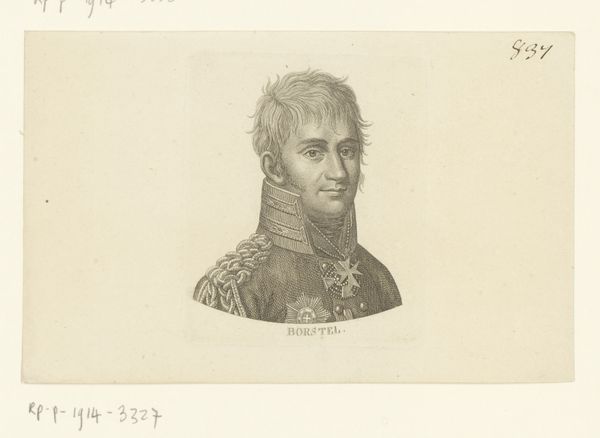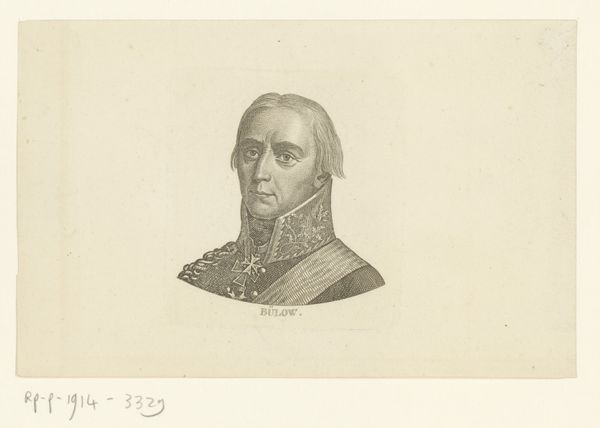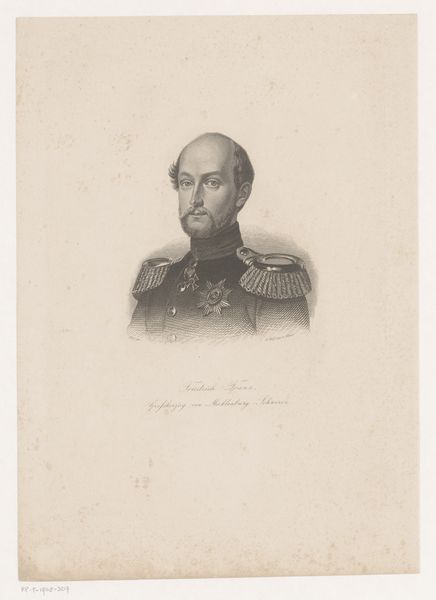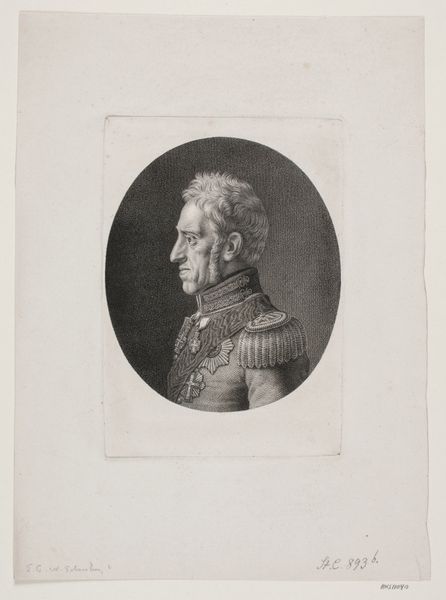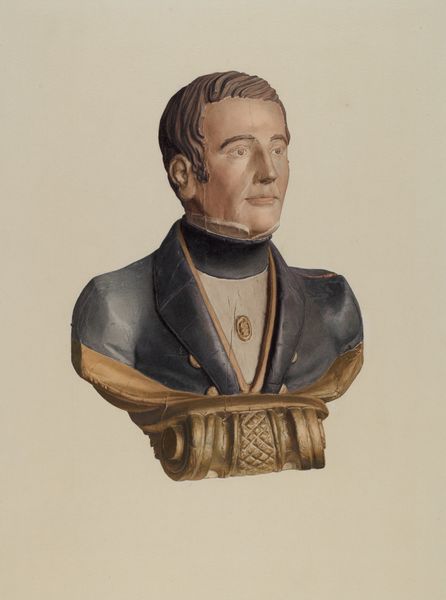
drawing, charcoal
#
portrait
#
drawing
#
charcoal drawing
#
charcoal
#
academic-art
Dimensions: overall: 42.3 x 31.9 cm (16 5/8 x 12 9/16 in.)
Copyright: National Gallery of Art: CC0 1.0
Editor: So, this is a charcoal drawing, “Bust of Henry Clay,” created between 1935 and 1942. The academic style makes me feel like it is referencing another sculpture. What can you tell me about it? Curator: Well, before we talk about what I think about the drawing specifically, I have a question: What does Henry Clay, as a historical figure, represent to you? Think about his role in American politics, his stance on slavery, his legacy... Editor: I know he was a politician in the 19th century who tried to find a middle ground on slavery, which ultimately upheld its existence. I see him as a complicated figure because of that. Curator: Exactly. And how does knowing that influence how you look at this piece? Knowing that this was created in the mid 20th-century, what might this image say about historical memory? Editor: It's interesting because the drawing has a formal style that almost monumentalizes him, even though it’s on paper. It feels like it could be a way of subtly questioning those power structures, drawing attention to this marble bust-like ideal. Curator: I see it similarly, as a quiet yet pointed reflection on how we choose to remember certain figures. Clay’s legacy continues to impact current conversations around racial injustice and the continued structures that affect society today. This isn't just a portrait; it's a lens through which to examine our own cultural narratives. Editor: I hadn't thought about it that way, but it makes a lot of sense now. Thanks for giving me some historical context and challenging my own assumptions.
Comments
No comments
Be the first to comment and join the conversation on the ultimate creative platform.

